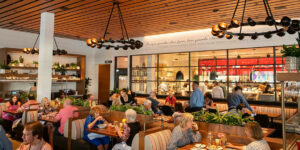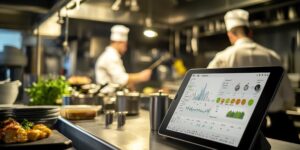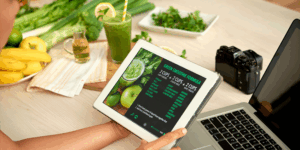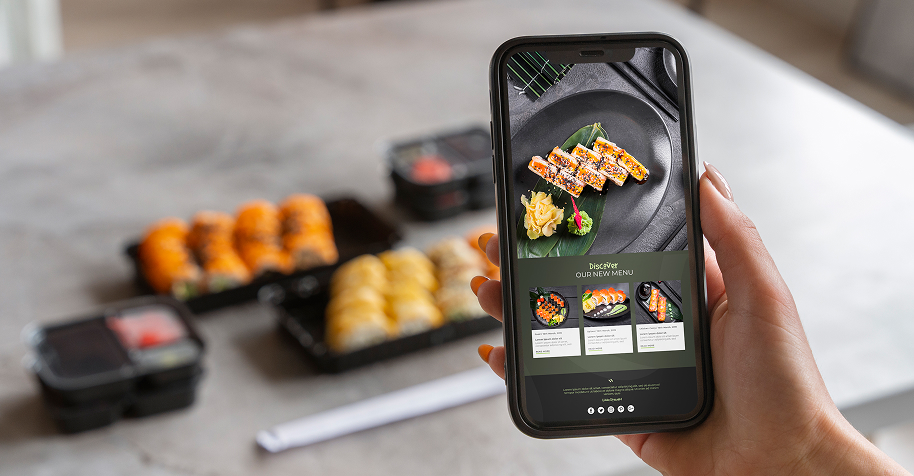
The restaurant business is changing rapidly. Mobile apps, AI-driven web platforms, and others are transforming the way food is ordered, delivered, and experienced. In this blog, we will explore how mobile and web solutions are preparing a future of smarter, faster, and more customer-oriented dining.
Food has always been about connection. But today, it’s also about convenience. Customers no longer wish to walk in, order and wait. They desire quick, customised, and smooth experiences. And technology is making that possible.
Contactless payments, mobile ordering, and QR-code menu became an absolute necessity and no longer a nice-to-have feature in restaurants. Customers are very much concerned with convenience, and they demand it whenever they walk into a restaurant. A Mobile App Development Company plays a crucial role in helping restaurants offer these seamless and customer-friendly mobile experiences.
The change is both thrilling and challenging for restaurants. The mobile and web solutions are assisting businesses to expand, but businesses also need to change. Owners have to find a new way of reaching customers, streamline operations, and provide service that still feels human, despite technology taking the centre stage. Partnering with a Website Development Company
enables restaurants to build intuitive web platforms that enhance engagement and operational efficiency.
So, let’s examine how mobile and web-based solutions are transforming customer experiences, increasing efficiency, and becoming a source of innovation within the restaurant industry.
1. The Rise of Mobile Ordering
Think about the last time you ordered food. Most likely, you have done that with an app. Mobile ordering is no longer a luxury; it is the new standard. Customers want to scroll menus, order dishes, and pay in a few taps.
Mobile ordering apps are a gold mine for restaurants. They minimise human error, accelerate transactions, and gather useful customer insights. Digital systems record it all within a second, rather than the employees having to make orders during the peak business hours. This not only enhances accuracy but also allows the employees to work on the quality of services.
Mobile ordering is beautiful because it is personalised. Apps keep track of your preferred meals, your diet, and even your credit card. Loyalty is a result of that little push-up, and it makes customers feel noticed, not just attended to.
Mobile ordering is getting smarter as the technology advances. AI-driven recommendations, predictive ordering, and voice-enabled commands are already in use. Your app will soon be able to tell you what you want before you do.
2. Delivery Platforms and the On-Demand Culture
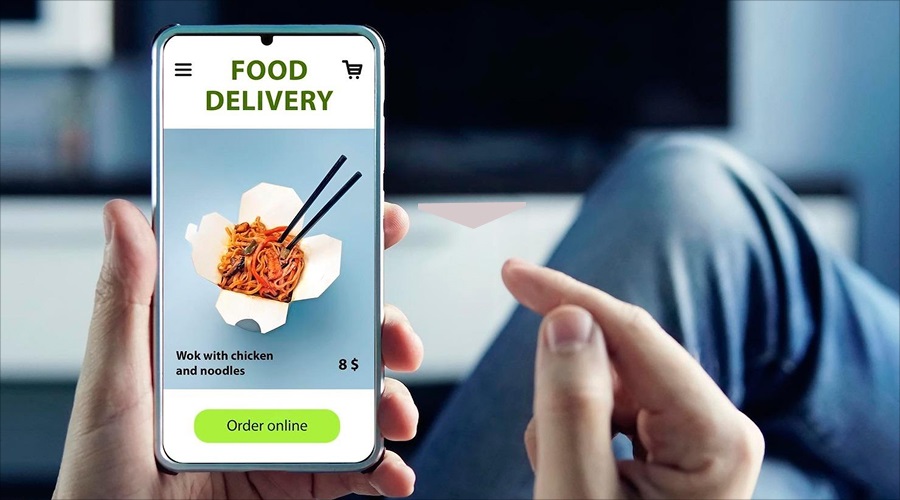
Delivery used to be about pizza and Chinese takeout. Today, it’s everything. Customers can order any food, any time, and expect the same to be delivered to their doorstep. Apps such as Uber Eats, DoorDash, Swiggy, and Zomato have transformed delivery into a common dining experience.
Restaurants have had to adapt. Many now run “cloud kitchens”, virtual-only operations focused solely on delivery. These kitchens don’t need prime locations or fancy interiors. They just need a strong online presence and efficient logistics through an On-Demand Delivery App. The result? Lower overhead and broader reach.
But delivery platforms are a double-edged sword. They bring visibility and customers, but also charge high commissions. Forward-thinking restaurants are countering this by building their own branded apps and websites for direct orders. It’s a win-win: lower costs for restaurants, better deals for customers, and stronger loyalty overall.
As drones and autonomous vehicles become real, delivery will get even faster. Imagine hot meals arriving in minutes, without a driver in sight. The future of food delivery apps will be as much about speed as it is about quality.
3. Contactless Dining and Digital Menus
Walk into a restaurant today, and you will often find QR codes on the table. Scan, read the menu, make an order, pay, and you are done. Contactless dining has become a long-term convenience for consumers. Digital menus do not only focus on hygiene. They allow restaurants the freedom to make changes in real time.
If a restaurant runs out of an item, technology makes it easy to update the menu instantly. Want to add a new dish? It takes just a few clicks. No more waiting or reprinting paper menus.
To customers, online menus contribute to clarity. They have high-quality images, allergen details, and ingredient details at their fingertips. Add instant payment options such as Apple Pay, Google Pay, or UPI, and the dining experience becomes frictionless.
This also goes hand in hand with customer data. Restaurants can also monitor what is popular, which dishes drive repeat orders, and at what time customers are most active. With the help of Restaurants Management Software, information becomes knowledge, and knowledge drives development.
4. Loyalty and Rewards Through Apps
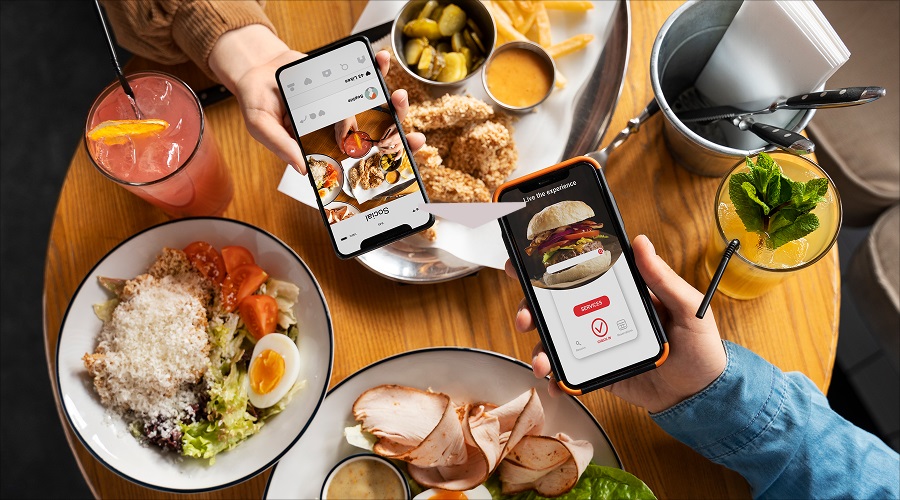
Customers love rewards; there is no doubt about that. Mobile apps have redefined loyalty programs. Instead of carrying a punch card, customers now earn points digitally with every order.
However, there is more than discounts in loyalty apps. They develop an emotional connection. Consider receiving a customised message: Happy Birthday! Today, we are offering a free dessert. Such a relationship fosters trust and loyalty.
There are even apps that gamify it. Ordering is fun with badges, levels, and challenges. Customers do not just eat; they participate. To restaurants, this is gold- it converts casual customers into loyal customers.
Loyalty apps are expected to join AI personalisation in the future. Incentives will not be generic discounts. They will be personalised to every customer, and their offers will become relevant and valuable.
5. AI and Personalisation in Dining
AI is steadily transforming food technology. It is transforming the way restaurants think and operate, from predicting demand to suggesting meals, among other things.
The magic word on the customer end is personalisation. Apps will review your previous purchase history, time of day, and possibly weather to recommend what you want. Rainy evening? Maybe a hot bowl of ramen. Lunchtime at work? A healthy salad combo.
AI is used on the backend to assist the restaurants in predicting inventory management. It minimises food wastage, as it forecasts which products would sell better. It even streamlines the scheduling of staff, so that there are no shortages during rush times.
Some restaurants are going even further with AI-powered chatbots. These bots respond to queries, make reservations, and address problems in real-time, without requiring a human touch. Customers receive prompt service, and restaurants save time.
6. Smart Kitchens and IoT Integration
Kitchens are also becoming digital behind the scenes. The way food is prepared and handled is transforming with the help of smart appliances, sensors and IoT (Internet of Things) devices.
Think of a refrigerator that notifies staff when stock is low. Or a smart oven that adapts to real-time information and cooks itself. These tools are efficient, minimise mistakes, and save money in the kitchen.
For restaurants, IoT can reduce the guesswork. Smart kitchens are capable of monitoring everything, including energy consumption and kitchen regularity. It means quality control and happy customers.
Kitchens will be smarter and greener as more devices are connected. The future will involve sustainability, meaning that there will be less waste, reduced energy usage, and smarter sourcing choices.
Also Read: Features and Cost of IoT App Development
7. Virtual and Augmented Reality in Dining
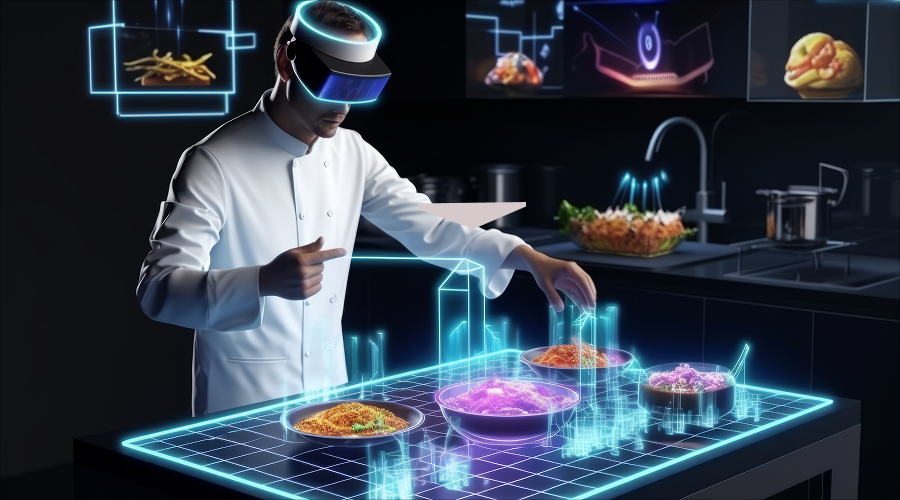
Dining is more than eating; it is an experience. VR and AR are taking that experience to the next level. Think of enjoying a menu on your phone where everything is in 3D. Or use AR glasses to watch a cocktail being prepared and order it. These virtual technologies add fun and interactivity to the dining experience.
Some restaurants are also trying VR dining experiences, where people go on a virtual tour of a vineyard as they drink wine, or themed settings that take a person to a different world. It is not mainstream yet, but possibilities are limitless.
Challenges in Food Tech Adoption
- Of course, everything is not as smooth as we think. The high cost of new technologies is an issue for many restaurants. Coding new applications, maintaining systems, and staff training can be costly.
- There’s also the human factor. Not all customers are technicians. Some still want to talk to a waiter rather than a QR code. It is important to balance convenience and hospitality.
- Another issue is data privacy. Restaurants store sensitive customer data, and it is critical to protect it. Once the trust is broken, it might be irreparable.
But despite these challenges, the direction is clear. Customers are turning to technology, and restaurants that embrace it will flourish. The ones who don’t adopt are at risk of falling behind.
The Road Ahead: Predictions for the Future
So, where is food tech heading? A few trends stand out:
- Hyper-personalisation will rule. The apps will be more aware of your preferences than you are.
- Non-friction payments will be the norm.
- There will be virtually no cash in the restaurants.
- Everything will be automated, including cooking and delivery.
- Sustainability technology will allow restaurants to reduce waste and attract environmentally friendly consumers.
- AR and VR dining will make meals an experience, not a purchase.
Finally, the future of food tech is about maintaining a balance. Efficiency will be managed by technology, and hospitality will be managed by people. Those that have a combination of both will be the winning restaurants.
Conclusion
The restaurant business is approaching the digital revolution. Mobile and web solutions are not just add-ons, but the pillars of contemporary dining. Mobile ordering, AI-led personalisation, and any other innovations are designed to simplify the process of dining out (or eating in) and make it smarter and more rewarding.
But technology will not define the future on its own. The actual winners will be restaurants that embrace the use of tech to enhance rather than to replace the human relationship. Food is not just about convenience because, at the end of the day. It is all about people, stories and experiences.
The future of food tech is not only about apps and platforms. It is all about having effortless, personal, and memorable dining moments.


